Keeping fit isn’t just for the young—it’s a lifelong pursuit. As you age, finding the right fitness program becomes even more crucial.
It’s not just about staying active, it’s about choosing routines that enhance your strength, flexibility, and cardiovascular health.
From walking and swimming to cycling and dancing, there’s a world of cardio exercises that can get your heart pumping.
Strength training, on the other hand, is all about building muscles and retaining bone mass. And let’s not forget flexibility exercises that stretch your joints and improve your daily mobility.
But with so many options, how do you choose the right program for you? In this article, we’ll delve into six key tips to help you make an informed decision.
Whether it’s low-intensity, moderate, or vigorous exercise, we’ll guide you to find the perfect balance for your senior fitness journey.
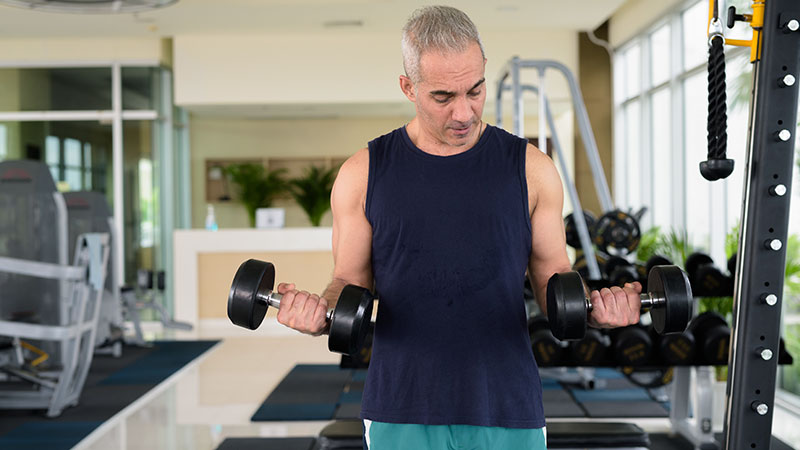
Understanding the Importance of Senior Fitness
As a fitness professional or an individual looking for a fitness program for seniors, understanding the importance of maintaining physical health in the later stages of life is crucial.
Age-related changes can profoundly impact the physical abilities of older individuals, and well-designed fitness programs can effectively combat these limitations and enhance the overall wellbeing of seniors.
The Role of Fitness in Healthy Aging
Fitness plays a significant role in healthy aging. According to data from the National Health Interview Survey, around a quarter of US adults do not participate in any leisure time physical activity.
In seniors, inactivity can lead to an array of health concerns including obesity, hypertension, type 2 diabetes, and atherosclerotic cardiovascular disease. It’s accounted that physical inactivity contributes to a significant $117 billion in annual healthcare costs and 10% of premature deaths.
Typical aging changes include reduced muscle mass, decreased bone density, and increased fatigue levels. Regularly engaging in a well-rounded fitness routine helps battle these changes, maintaining strength and body functionality as age increases.
The Benefits of Fitness for Seniors
When it comes to fitness benefits for seniors, the list is vast. Regular workouts improve strength, mobility, and cardiovascular health, crucial factors for maintaining independence and reducing the risk of falls.
One study discovered that participating in regular group exercise can bring significant physical, mental, and social advantages. Group fitness fosters a sense of community, providing seniors not only a means of physical enhancement but also a way to engage with peers regularly.
Fitness programs designed for older individuals, tailored to their unique physical needs, deliver benefits beyond the physical realm. Improved mood, enhanced cognitive function, and a bolstered sense of wellbeing are just some additional advantages a senior can reap from a consistent fitness routine.
Understandably, choosing the right senior fitness program is paramount. It’s crucial to maintain an active lifestyle that not only boosts overall physical health but also caters to unique individual needs. In the upcoming sections, you’ll discover six critical tips to select a suitable senior fitness program.
Preparing for a Senior Fitness Program
Your journey to senior fitness begins with thoughtful preparation. Let’s explore the essential first steps towards finding and succeeding in the perfect fitness program.
Consulting Your Physician
Before starting an exercise program, it is important to consult with a physician. They can provide advice based on your personal health and physical condition, helping determine the right intensity and type of exercise for you.
This is especially important for individuals managing chronic conditions like high cholesterol or type 2 diabetes, as medications can interact with physical activity.
With their knowledge of your medical history and current prescriptions, a healthcare provider can help create a safe and effective fitness plan.
Evaluating Your Physical Capabilities
Understanding your physical fitness level is key when preparing for a fitness program, and self-assessment tests such as the ‘talking test’ can help gauge this.
It’s sensible to start with low-intensity exercises like walking before progressing to moderate and high-intensity workouts. Ensuring that your heart rate increases to the target zone for 10 minutes or longer during exercise is crucial.
Hydration and a balanced diet are also important factors in any fitness regimen. By taking these steps in consultation with a physician, you’re setting up for success in a senior fitness program.
6 Tips for Choosing the Right Fitness Program for Seniors
Transitioning from the initial steps of senior fitness to a more formal routine requires selecting a program that fits your unique needs. The following six tips can guide you in choosing the right senior fitness program.
Tip 1: Consider the Location and Accessibility of the Fitness Center
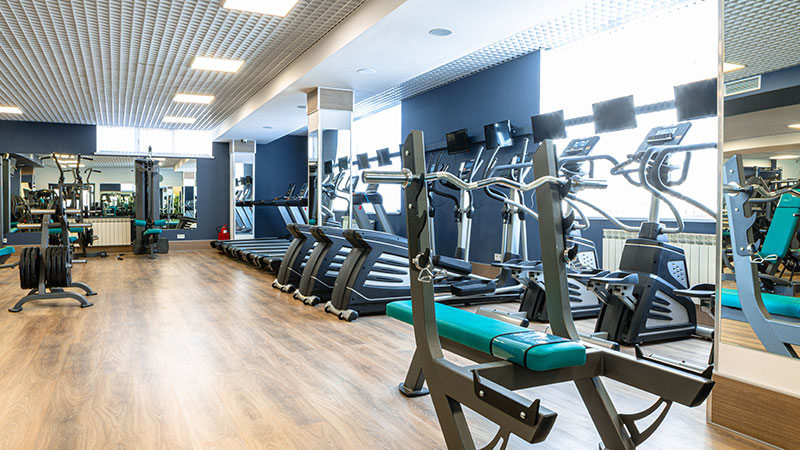
Choose a fitness center that’s easily accessible. Consider factors like distance, transportation options, and the facility’s physical layout. For example, ample parking and ground-level access cater to your mobility needs.
Additionally, look for programs that offer a variety of exercises to keep you engaged. Check if the instructors are certified in senior fitness, as this ensures they understand your unique needs. Also, consider a trial period before fully committing to ensure the program suits you perfectly.
Tip 2: Determine if Personal Training or Group Fitness Classes are Right for You
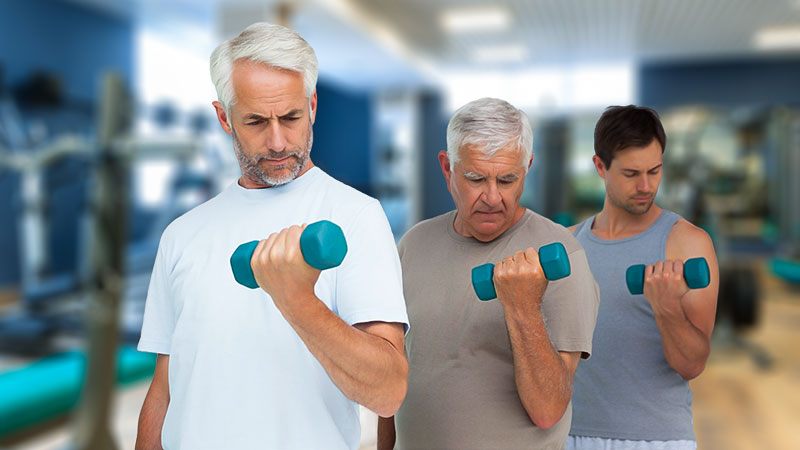
Personal training provides individual attention, specific to your fitness goals, while group classes offer a sense of community and motivation during workouts. It’s essential to ascertain which of these approaches you’d enjoy more.
Additionally, consider other factors like the trainer’s expertise and the program’s intensity level. A good senior fitness program should be enjoyable, safe, and tailored to your physical abilities. It’s also crucial to review any medical concerns with your potential trainer.
Tip 3: Customize the Program to Suit Your Lifestyle
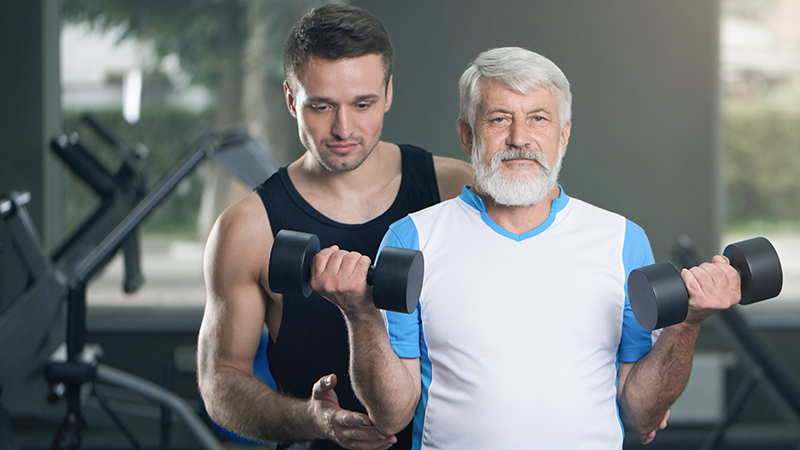
Ensure the program aligns with your daily routines. For instance, if you’re an early riser, look for morning classes or trainers available at the start of the day.
Conversely, if afternoon workouts fit better into your schedule, choose a program offering later sessions. Additionally, consider the program’s intensity and adjustability to match your fitness level.
A good senior fitness program should offer modifications for varying abilities. Also, prioritize programs that incorporate balance exercises and strength training to promote longevity.
Tip 4: Set Achievable Fitness Goals
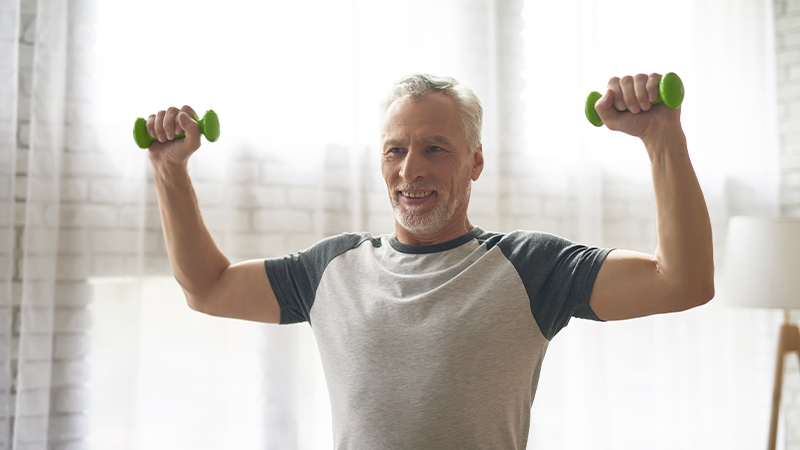
Your fitness program should accommodate measurable and achievable goals. These can relate to cardiovascular exercise, resistance training, or maintaining flexibility.
Setting realistic goals can help you monitor progress and maintain motivation. Choose a program that offers diverse exercises to avoid monotony and ensure all muscle groups are engaged.
It should also have certified trainers who can adapt routines based on your needs. Lastly, consider the program’s location and schedule for convenience.
Tip 5: Ensure the Fitness Program Promotes Mental and Emotional Well-being

Physical exercise should balance with mental and emotional health benefits. Look for programs that incorporate mindfulness exercises or stress relief, such as yoga or tai chi along with a variety of cardiovascular exercises.
Additionally, consider factors like customization to individual fitness levels, accessibility, and social interaction opportunities.
A good senior fitness program will offer nutritional advice and regular progress monitoring to ensure effective results.
Tip 6: Include Balance, Flexibility, and Strength Training in Your Program
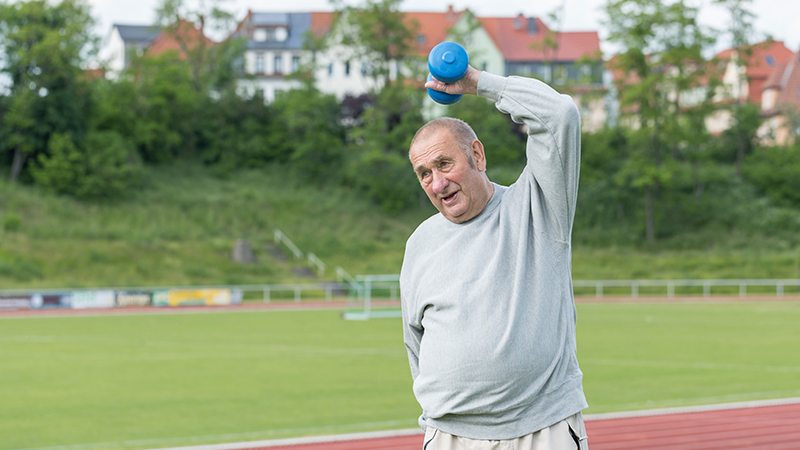
A comprehensive fitness program isn’t just about cardiovascular activities. It should also incorporate balance and flexibility exercises, and strength training.
This balanced approach promotes overall fitness, helping you reap the maximum benefits from your commitment to staying fit. When selecting a senior fitness program, consider these six tips:
- Assess your fitness level
- Look for programs that incorporate a variety of exercises
- Ensure the program is tailored to seniors’ needs
- Check if it promotes social interaction;
- Verify if professional supervision is provided and lastly
- Make sure it aligns with your personal goals and interests
Frequently Asked Questions
What is the significance of senior fitness?
Senior fitness plays a critical role in combating age-related limitations and improving overall wellness. Tailored exercise programs can significantly promote a senior’s physical, mental, and emotional health.
Why is consulting a physician necessary before starting a fitness routine?
Consulting a physician before beginning any fitness regimen is crucial to understanding your physical limitations, identifying any potential health risks, and designing a safe and effective fitness program.
How should a senior begin their transition to a formal fitness routine?
Seniors should start slow and gradually progress in their exercises. It’s essential to stay hydrated, maintain a balanced diet, and choose realistic and achievable goals.
What are the factors to consider when choosing a senior fitness program?
Considering factors like location accessibility, training style (group or personal), customization to lifestyle, and incorporating balance, flexibility, and strength training can help seniors select the right fitness program.
How can a fitness program cater to a senior’s mental and emotional well-being?
A well-rounded fitness program promotes mental and emotional well-being by creating a sense of accomplishment, providing a social setting in group fitness classes, and reducing symptoms of mental health issues like depression and anxiety.
Conclusion
Choosing the right senior fitness program doesn’t have to be a daunting task. By considering factors like accessibility, training type, and personal lifestyle, you’re already on the right track.
Remember, it’s all about setting attainable goals that promote your overall mental and emotional well-being. Don’t shy away from a program that challenges you, but ensures balance, flexibility, and strength training.
It’s about enhancing your life, not straining it. Always consult with your physician before starting any fitness program to ensure it’s the best fit for you.
It’s your journey to a healthier, more active lifestyle. So take that step with confidence, knowing you’re equipped with the insights to make the best choice for your fitness journey. You’ve got this!
I am a fitness instructor and I have been in the industry for 9 years. I have a passion for health and fitness.
I am a fitness instructor with over 9 years of experience in the industry. My passion is health and fitness and I would love to share my knowledge with you!